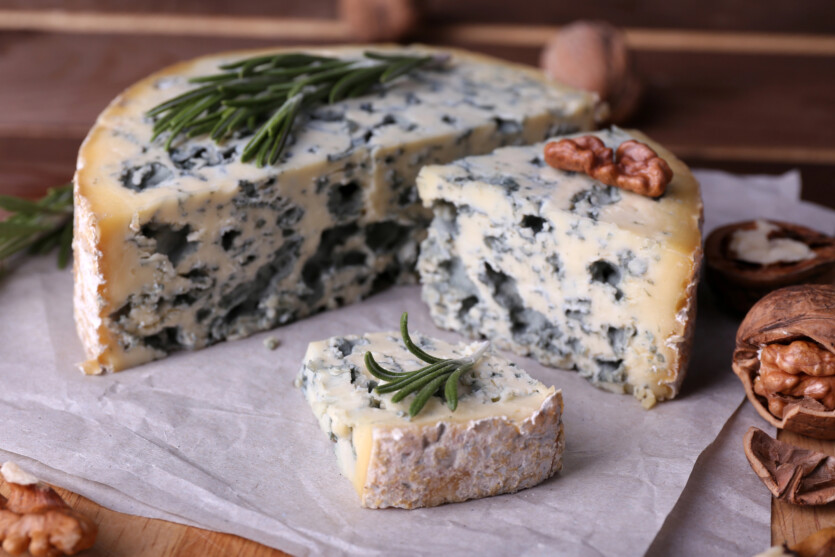
Danish scientists have trained E. coli bacteria to produce key milk protein αs1-casein, similar to that found in cow’s milk.
Achievements of researchers from Technical University of Denmark and Chalmers University of Technology in Sweden can to turn our perception around about dairy products. Caseins are the proteins that make milk milk. They clump together into microscopic globules called micelles and carry calcium. Micelles make cheese elastic and help yogurt retain its creamy structure.
However, animal cells are modified toazein proteins after their production. In addition, the process of phosphorylation, involves the addition of phosphate groups that help the protein bind calcium and form stable micelles. Without this, caseins will remain inferior in nutritional and functional value.
This has become a big problem for startups that are engaged in agriculture at the cellular level. A new study by Danish scientists suggests two ways to solve the problem.
One of them involves the creation of bacteria that will add phosphate on their own. The other, using small molecular tricks, completely mimics the process of modifying casein proteins. Researchers have tested two different ways to produce milk protein from E. coli bacteria.
In the first case, they gave E. coli bacteria additional instructions by adding three enzymes borrowed from a common soil bacterium. These enzymes help the bacteria attach phosphate groups to casein during its synthesis. This is an important detail: the phosphate groups help the protein behave in a similar way to the one found in milk.
According to the research, the method proved to be successful. In the casein grown in the laboratory, the phosphate groups were in the same places as in cow casein.
In the second method, the phosphate addition step was skipped. Instead, the researchers replaced the casein with aspartic acid, which acts similarly to phosphate. This made it possible to create a casein analog that completely mimics its effect. Both versions of casein created in the laboratory were tested: one with added phosphates and the other with a chemical analog. The results showed that they bind calcium well and are easily digested, just like the natural protein in dairy products.
Caseins form the basis of cheese. Without them this product would not have its well-known properties. After the researchers succeeded in obtaining natural caseins from microbes, they are preparing to create cheese from them.
The researchers are currently scaling up their process, using bioreactors and testing different feedstocks, including sugars derived from alfalfa.
«It might work. Or it may turn out that other types of casein are needed. К-casein, another variant involved in the stabilization of casein micelles and modified not by phosphate but by sugar molecules», — explains lead author of the study Suvasini Balasubramanyan.
Producing 1 kg of cheese using traditional methods results in 24 kg of carbon emissions. This is more than twice as much as the emissions from other plant-based products. However, laboratory-grown milk proteins can make cheese production much more environmentally friendly. Especially if the bacteria feed on low-carbon sources and receive energy from renewable sources.
As of 2023, the global casein market was valued at $2.7 billion. This figure is expected to more than double by 2033. Meeting this demand without increasing the number of cows, methane emissions, and land use is becoming a major environmental challenge.
However, many questions still remain. Whether these caseins can form micelles in real food systems? Will they behave the same way in cheese vats as they do in test tubes? And will people consume dairy products made from proteins that have been produced, for example, by E. coli?
The results of the study are published in the journal Trends in Biotechnology
Source: New Scientist; ZME Science

Spelling error report
The following text will be sent to our editors: